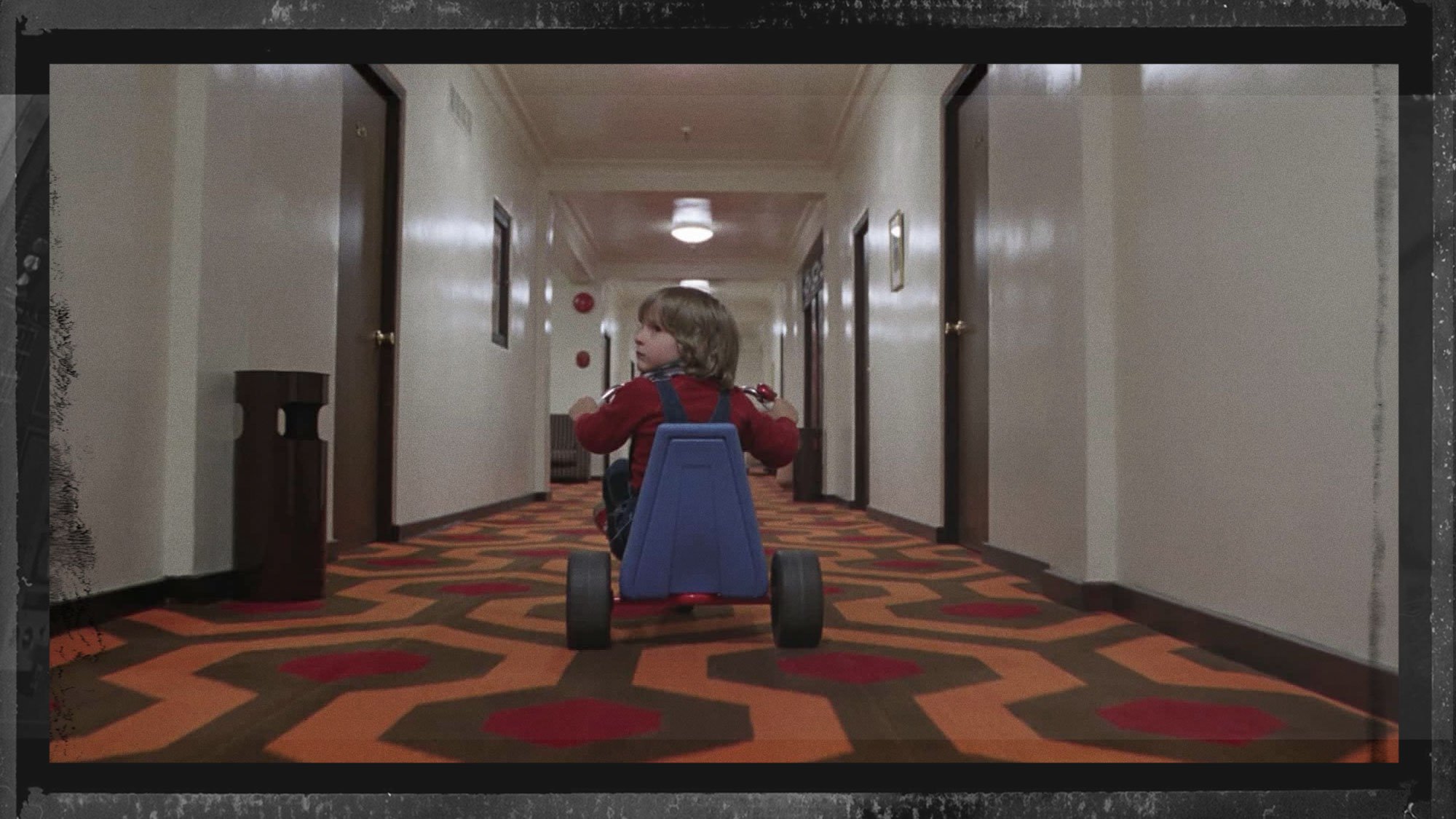Are you a clerical or visceral screenwriter?
By Jayson Abalos
I’d put screenwriting styles into two categories:
1. The “summary list” approach, like The Shining, and
2. The “flourished essence”, like The Princess Bride.
Let’s look for a moment at The Shining as a spec script (reverse engineered from the post-production script that is available). The writer essentially details a list of actions and what actually happens onscreen:
Danny pedals away along the corridors. He looks at a door and slows down, stopping. The number 237 is on the door. He looks at the number.
He gets off the tricycle, and moves to the door of room 237. He looks up at the number - then reaches out to the door handle and turns it. The door doesn't open. He looks up at the number.
Two GRADY girls hold hands at the end of another corridor.
Danny looks at the number on the door. He moves to his tricycle. He sits on his tricycle and pedals fast away along the corridor..
Danny turns the corner and stops as he sees the two GRADY Girls at the end.
GRADY GIRLS
Hullo, Danny. Come play with us. Come and play with us, Danny.
The two GRADY Girls lie on the floor covered with bloodstains. A bloodstained axe lies on the floor. Walls covered with bloodstains.
The two GRADY Girls hold hands and stand at the end of the corridor.
GRADY GIRLS
Forever...
The two GRADY Girls lie on the floor covered with bloodstains. A bloodstained axe lies on the floor. Walls covered with bloodstains.
Danny reacts.
All we are given for Danny’s emotion is, “Danny reacts”. The director and editor do a lot of the lifting to make this as intense as it is on the screen.
Goldman doesn’t serve up a clerical summary list of the scene;
he’s focused on giving you a visceral read and the essence and emotion of the scene.
So what’s the alternative?
Let’s look at William Goldman’s approach in The Princess Bride:
And what we are starting now is one of the two greatest sword fights in modern movies (the other one happens later on) and right from the beginning it looks different.
Because they aren't close to each other -- none of that swords crossing "en garde" garbage. No. What we have here is two men, two athletes, and they look to be too far away to damage each other, but each time one makes even the tiniest feint, the other counters, and there is silence, and as they start to circle --
The Man In Black's eyes, hidden behind the mask, but bright.
The Six Fingered Sword, feinting here, feinting there.
Goldman doesn’t serve up a clerical summary list of the scene; he’s focused on giving you a visceral read and the essence and emotion of the scene, leaving you, the reader, to come up with the specifics. So in the list form, you’re given the specifics, but the tonality and meaning are left to you. With the essence of the scene form, you’re given the tonality and meaning, but the specifics are left up to you.
What should you do in a spec script? I used to favor the former. But at this point, anytime I catch myself writing as summary list like The Shining I switch to more of The Princess Bride essence mode, because I think that allows the filmmaker more creative juice to explore and create. And it’s a hell of a lot more exciting to read. But arguably, either style is valid. Take your pick.
Jayson Abalos
Professional data analyst by trade, Jayson Abalos works at Crafty Apes as a Technology Specialist focusing on enhancing production efficiency through bringing the writer's world and the film editor's world closer together.
Connect with Jayson on Facebook or Linkedin, and discover more about his work on his website. Linkdin address: https://www.linkedin.com/in/jayson-abalos-07362689/
Get killer articles in your inbox.
Subscribe to Screenwriting Intelligence.


